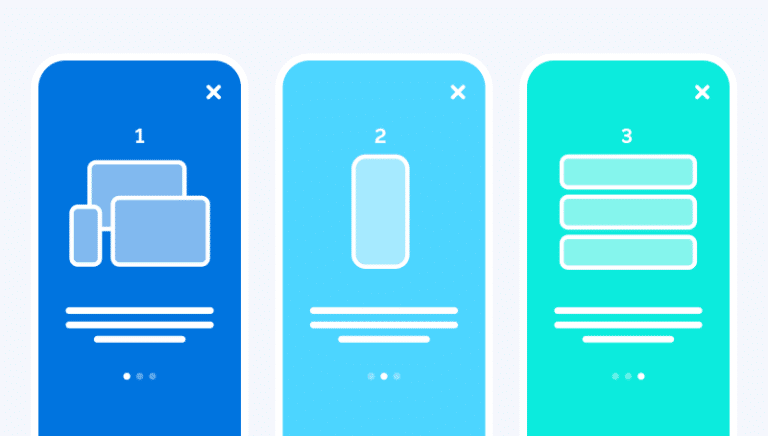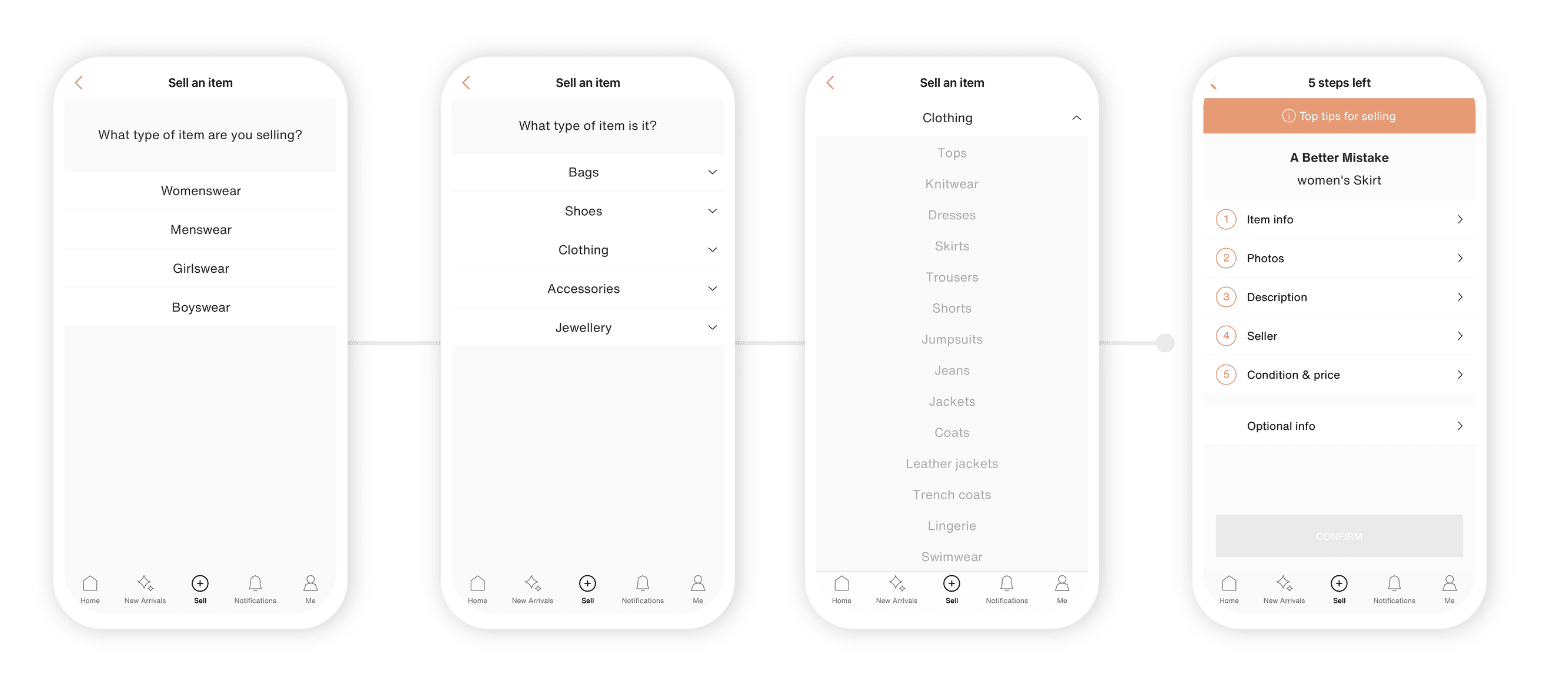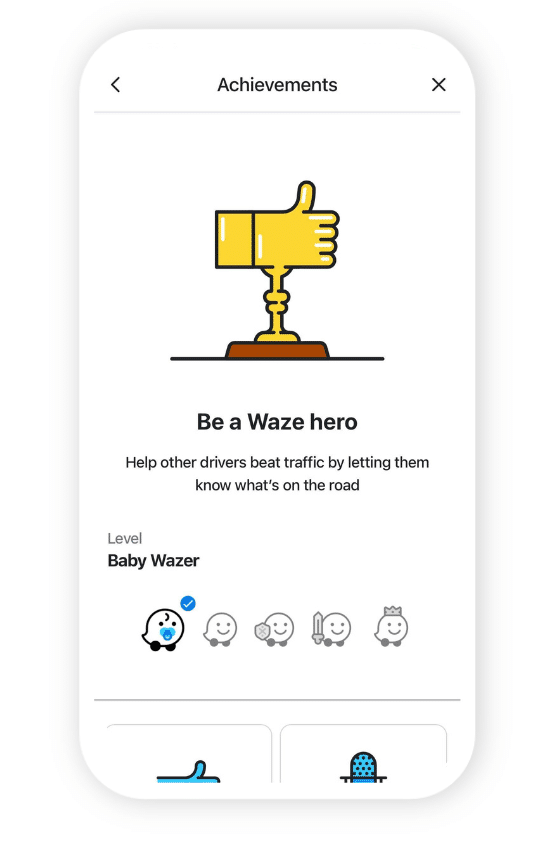Industry experts agree, just because someone downloads your app doesn’t mean that they’re a customer. In fact, it doesn’t even mean that they’re an app user. Getting someone to install your app is often the easy part of the customer lifecycle. Where things get tricky is with what comes next — when users enter personal information in an app and actually start using it. Branch found that the average mobile app loses 77% of its users within the first three days after they download. The average churn rate after one month is 55% and after three months, it’s 68%. That’s precious app user acquisition dollars down the drain. To turn curious downloaders into loyal users, brands need effective mobile app onboarding.
Since getting downloads is so much easier than retaining users, true onboarding starts at the point of activation — when users understand the core value proposition of your app and decide it’s worth it to continue. Think of app onboarding as the gateway that welcomes new users into your app, acquainting them with your app’s key features and functionality. How can first-time users be attracted and retained throughout this process? In short: by keeping it simple, smooth, and personalized.
Here are three best practices to guide users through the mobile onboarding process and encourage them to remain active in your app:
1. Simplify onboarding to avoid driving users away
Typically, app users need to enter specific information the first time they engage with a new app. This sign-up process could include a home address, credit card number, purchase information, or anything else that the app needs in order to function as intended.
Unfortunately, these multi-step processes increase the risk of dropoff. Users are likely to get frustrated, bored, or distracted during the onboarding process, and each extra step offers them the opportunity to churn. The more steps an app’s user onboarding has, the smaller the percentage of users who make it all the way through.
For apps with complex workflows or functionality, it’s worth considering a progressive onboarding approach. Rather than overwhelming users with too much information at once, progressive onboarding introduces users to new features gradually as they interact with the app. For example, Hotel Tonight uses progressive onboarding for referred users. When a user clicks on a personalized referral link from a friend, they’re taken directly to the web onboarding experience to reduce friction. Then, after initial setup, they are brought to the promotional off in the Hotel Tonight app.
It’s also important for app developers to think about the questions they’re asking new users during an onboarding flow — which ones are absolutely essential and which ones can be asked at a later time? Remember, the more steps removed from the process ultimately leads to more users completing it.
Even registration may not be immediately necessary — it’s worth considering if it can wait until a user gets a taste of what your app can offer. Otherwise, you risk discouraging users from even making it past the first onboarding screen.
You’ll also want to think about just how interactive the onboarding process should be. Is it better for users to be greeted with a tutorial or step-by-step walkthrough, or for them to explore your app and get answers by themselves? You can opt to show in-app messages or tooltips later once users are more acquainted with the app.
Mobile app onboarding success hinges on understanding user behavior. Rely on metrics and user data to guide your approach. A/B testing — where a small group of users is exposed to one option and another group is exposed to the other — lets you compare strategies to find out which user experience works better.
2. Personalize the onboarding experience
The heart of creating a good onboarding experience is personalization. If users feel that the process is specifically designed for them, they’re more likely to remain engaged. One simple way to do this is by referring to the user by name throughout the process. Still, there are more complex (and ultimately, more rewarding) ways to craft an app onboarding process that’s tailored to each individual.
If you create questions that are designed to lead a new user down a customized pathway, their onboarding feels more personalized. For example, sales app Vestiaire Collective asks users what they want to sell then drills further down with a few quick questions. Before long, the app knows what the user wants and can help them accordingly.
Another way to personalize an experience is through gamification. Introducing a progress or “achievement” bar can let new users know exactly if they’re using the app properly while also creating a sense of fun around the experience. Users will be more likely to stick around if they want to see how far they can get. Apps like Waze and Lookout make use of gamification to strengthen user engagement.
3. Take users directly to the content they want with deferred deep linking
The most effective way to improve an onboarding experience is to figure out exactly what customers are looking for and cut directly to the chase. This practice — taking the user directly to the right page in your app based on their previous behavior — requires deferred deep linking.
Deferred deep linking sends user data to an app even before the user downloads it, so when the user installs and goes through onboarding, they’re brought directly to the right place. According to Branch and Apptimize, when users are brought directly to the proper in-app content, the results are better for everyone: 1.8x the signups, 1.9x times the user retention rates, and twice the engagement.
For instance, ticket sales hub GameTime used Branch’s deferred deep linking to simplify user experience. As a result, users who clicked ads for Brooklyn Nets tickets were taken (post-download) straight to the GameTime in-app page for Nets tickets. They skipped all the extraneous information and had their needs addressed directly. Without deferred deep links, a user would have been directed to the app home screen and have to manually search for Nets tickets, adding unnecessary steps and frustration.
Fine-tune your mobile app onboarding strategy
When onboarding app users, it can be difficult to strike the right balance between offering too much assistance and not offering enough. Whether a user feels harangued or abandoned, they’ll lose interest in the app, and the result is the same either way — one less app user and potential customer.
By personalizing the onboarding process — offering users unique, contextual experiences that directly address their needs — app developers can make a strong first impression and minimize dropoff. Deferred deep links are an especially effective form of personalization as they bring users directly to the in-app pages that they’re seeking. To learn more about how Branch can help you elevate your mobile app onboarding experience, reach out to our team.

























